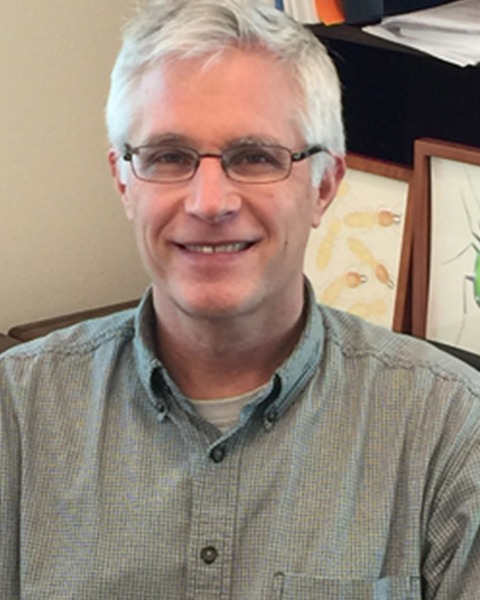Student Poster Display
Medical, Urban, and Veterinary Entomology
Student
Student Competition
D3001: Can ants help forensic investigators locate clandestine graves?
- TB
Tammy Lee Bouldin (she/her/hers)
Graduate Student
Texas A&M University
Bryan, Texas - NK
Nadya Kandel
Texas A&M University
College Station, Texas 
Aaron Tarone
Professor
Texas A&M University
College Station, Texas
Edward L. Vargo
Professor and Endowed Chair in Urban & Structural Entomology
Texas A&M University
College Station, Texas- RP
Robert Puckett
Texas A&M University
College Station, Texas - ME
Micky Eubanks
Colorado State University
Fort Collins, Colorado
Presenting Author(s)
Co-Author(s)
A variety of techniques are currently used by investigators attempting to locate clandestine graves, including ground penetrating radar, soil chemistry analysis and human remains detection dogs. One drawback of these methods is that they assess the environmental anomalies surrounding potential graves, but none have the ability to sample directly from the grave itself prior to exhumation. Multiple species of ants are known to forage on vertebrate remains and have been observed in previous studies across all decomposition stages. Ants foraging on buried remains create a unique link between the grave below ground and the surface. This project aims to investigate this aspect of ant biology and its potential application in assisting to locate clandestine graves. To do this we will need to (1) develop a minimally invasive trapping method deployable by investigators, (2) determine the spatial aspects of below ground foraging, (3) develop vertebrate DNA detection protocols suitable to the application, and (4) validate the developed methodology in the field. Red imported fire ants (Solenopsis invicta) will be used as a model due to their conspicuous mounds and widespread distribution in the study area. All of the pieces have been validated in other contexts (such as vertebrate DNA detection from bloodmeals of medically relevant insects and detection of invertebrate dietary components through molecular gut content analysis of fire ants), so the next step is to investigate these pieces together in this new context of human DNA detection from ants for the purpose of clandestine grave location.

.png)

